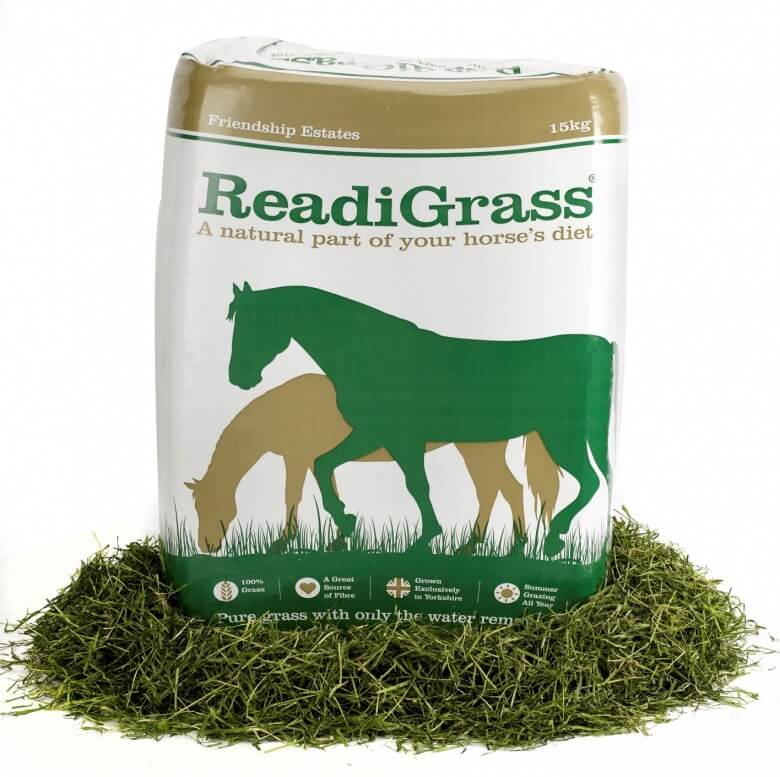As it is BETA Feed Awareness Week we are busting some of the common forage feeding myths!
- Myth - Forage isn't quality assured like concentrate feed.
"This is not always the case, and a number of forage products are now assured under certain quality schemes. At Friendship Estates we produce ReadiGrass, HorseHage and Mollichaff under the assurance of several quality assurance schemes – BETA NOPS, UFAS, FEMAS and the Red Tractor Farm Assurance. This means that when you buy our products you know they are going to be of high quality and standard, traceable, free from prohibited substances and are of a known nutrient value. When buying forage, you should always ask what quality checks they have been produced under."
- Myth - I don’t need to worry about how much forage my horse has.
"Forage is the most important part of a horse’s diet. It is an important nutrient source and is essential for the correct function of the digestive system. Horses have evolved to graze on forage for 16-18 hours per day, and are ‘trickle feeders’ meaning they eat little and often. Having regular access to forage is not only important for physiological reasons, but also to aid mental well-being by meeting their desire to graze. As much as possible horses should always have ad-lib access to forage. This could be in the form of fresh grazing, dried grass such as ReadiGrass, or hay/haylage. Most horses require 2-2.5% of their bodyweight daily in forage. Their may be instances where a horses requires a restricted diet such as in the management of laminitis or obesity, but they should still receive at least 1.5% of their bodyweight per day in forage."
- Myth - Long and short chopped fibres are all the same.
"Whilst the majority of long and short chopped fibres are made from the same materials – mainly grass, alfalfa or straw, they are not all the same and have a variety of uses. Long fibres – commonly known as hay or haylage are fed in larger quantities and are the main component in a horse’s diet. They are usually fed from the floor or in a haynet or manger. Hay and haylage can be made from different grass varieties such as Ryegrass or Timothy and offer slightly different nutrient values suitable for a range of horses. The long fibres often take the horse longer to chew and therefore promote important saliva function. Short-chopped fibres known as chaff tend to be fed in a bucket and are usually made of straw, grass or alfalfa. Again they all provide different nutrient values and therefore can be suitable for a range of horses in different situations. There are however some short-chopped fibres which can be fed either in the bucket or as a partial hay replacer such as ReadiGrass. This can be beneficial to horses who have dental problems or struggle to chew long fibres, or for horses who have limited access to fresh grazing such as in the winter months."

